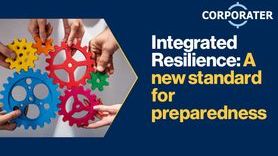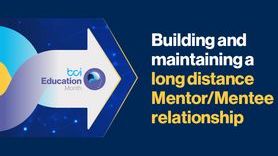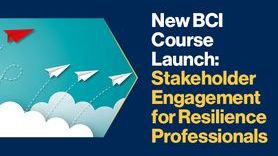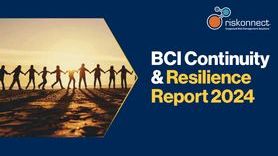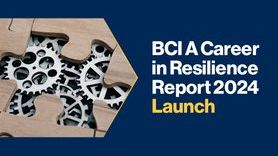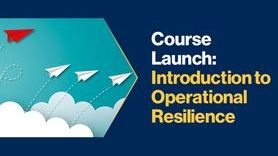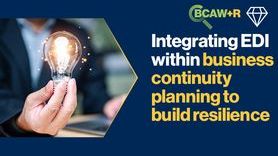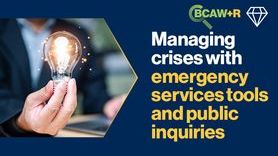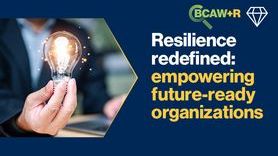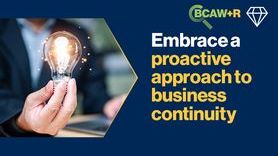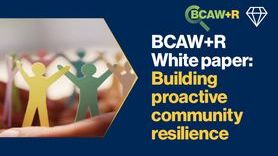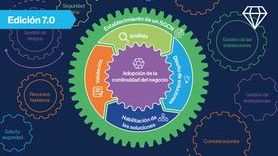Together we can build stronger business continuity plans: adaptive plans that embrace uncertainty and change
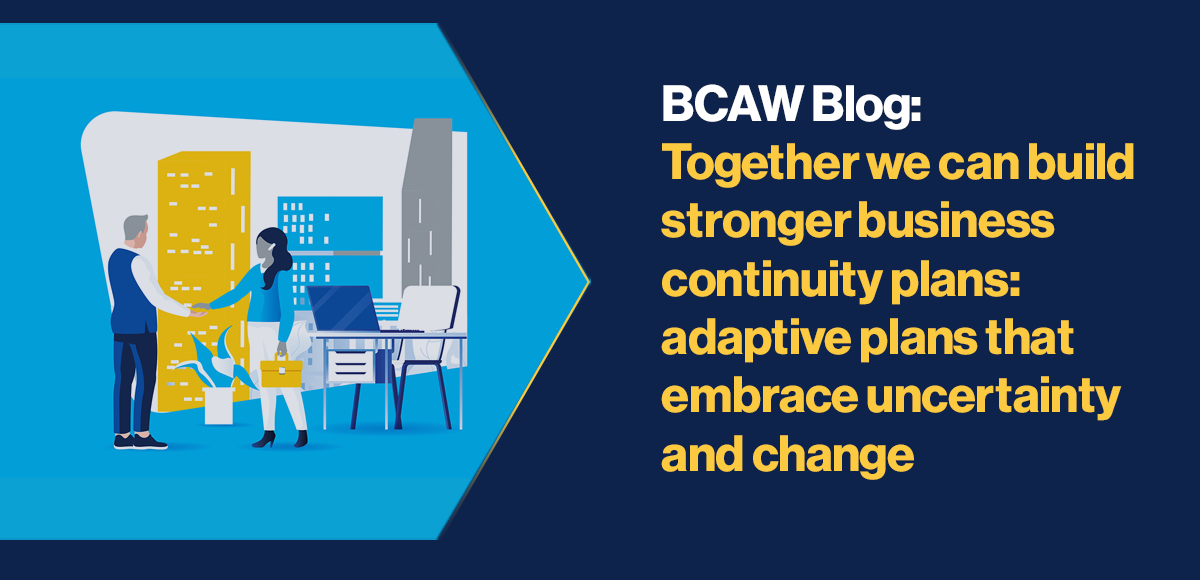
Practical tips on how to inject adaptiveness into continuity planning processes.
COVID-19 has been another reminder that we can’t plan for everything. As Business Continuity (BC) professionals we do our best to anticipate and plan for any event that will impact our organisation’s ability to deliver its products and services. But we live in a VUCA (volatile, uncertain, complex and ambiguous) world. And organisations are embedded in a complex global web of technological, social, political, and environmental conditions. It is impossible to imagine every eventuality that will occur.
It is also impractical to plan for everything. Not only would the planning be extraordinarily resource intensive, plans would be unwealdy and it would become even more difficult to get engagement in the planning process
We need to strike a balance between detailed planning and flexibility and adaptability. We need plans and processes that staff can easily engage with and that help them to adapt as neccessary to each unique situation as it arises. So how can this be achieved? How can we develop more resilient BC plans?
Below we take the key steps in the BCM cycle and suggest how we can improve the ability of our plans to work in any situation.
Policy and programme management
BC has often been treated like the ambulance at the bottom of the cliff. BC managers design plans to get operations moving following disruption, often with a focus on a ‘return to normal’. But what if the event dramatically changes demand for your services or neccesitates a dramatic change to your business operating model?
COVID-19 has done just that. The path taken to return to operation has been interwined with strategic questions around future operating models, how to minimize expenditure and how to seize opportunities. For BC managers and plans to work effectively they cannot exist in a vaccum, they need to be closely linked to strategic decision-making so that BC actions can be designed and managed to seamlessly transition to new ways of working. This needs to happen before an event with close alignment of BC management processes other strategic and operational risk processes. There is also value in having BC managers involved in strategic response decision making as they may be best placed to understand which parts of the plan are useful and adaptable to meet the needs of the situation
Embedding
During the 2000’s a health and safety culture began to infiltrate our workplaces. All of a sudden we had health and safety (H&S) officers, reporting templates and a directive to cast a H&S lens over everything we did. Even thinking about the temperature of water when we make a cup of tea! This is the sort of ethos that we need to strive for as BC professionals. We need resilience champions embedded in our organisations. These champions are continually asking ‘what if our base assumptions change?’ ‘What if we need to do this business-as-usual process quicker’ ‘What if someone else has to do this role?’. Making this kind of thinking part of our business as usual builds the ability of your organisation to innovate and adapt in a crisis.
This resilience mindset needs to occur at all levels of an organisation. We need to run scenarios that capture the hearts and minds of Board’s of Directors and Executive teams so that they to are ready for anything. Find out what most worries your Executive and design a scenario around that – perhaps it is being on the front page of the newspaper, becoming a viral meme, or an event that impacts the health and well-being of staff. True disruption preparedness requires buy-in from top to bottom of an organisation.
Analysis
Too often we focus on determing key risks, rather than focusing on impacts. There are many risks and many potential ‘Black Swan’ events. The list of impacts is shorter than the list of events that may cause them! Focusing on impacts helps ensure you are not limited by what is and isn’t possible. Creating plans broadly around impacts increases the likely relevance of specific plan sections to actual events. Adaption may still be needed but the starting point is likely more advanced.
Design
Centralised creation and control of BC is a disabler of adaptation. It is really important to keep outcomes, rather than process as the guiding principle in the design of your programme. Sure, some standardisation and some measures of control are needed, but try very hard to balance empowerment, engagement and broad ownership with your organisation’s need to create any one-size fits all solutions.
Implementation
Many plans we see are almost inpenetrable with pages and pages of dense text. The defence given is that it’s the planning process that is important. Which we agree with. But it is not either or. The planning process is important, but the plan itself can also be useful! BC professionals can use user focused design principles to create plans that are useful and useable. For example - if only the front page of the plan is looked at, what do readers need to know? What are the principles that guide everything in the plan? What are the minimum tools needed to respond to any situation? Where is a detailed technical process needing to be documented and when is a simple process flow needed to guide a decision process?
Validation
We (Resilient Organisations, wwww.resorgs.org.nz) run an organisational resilience benchmark survey and stress testing plans is consisently the lowest scoring indicator. BC professionals know that validation is essential and is where the step changes in improvement are generated, but still struggle to get time or buy-in to conduct exercises. Keep trying to find the time, and to find the champions who do see the benefit of testing plans.
Exercises don’t have to be complex. It’s all about practicing and building the cognitive skills necessary to adapt and respond when the time comes. Run more, shorter, desktop exercises with different teams or departments and make them short, sharp and intense. People will often make time in their calendars for the experience, if they hear from others that they were fun, interesting and they could see clear outcomes.
Authors:
Charlotte Brown and Tracy Hatton
Joint Managing Directors, Resilient Organisations







